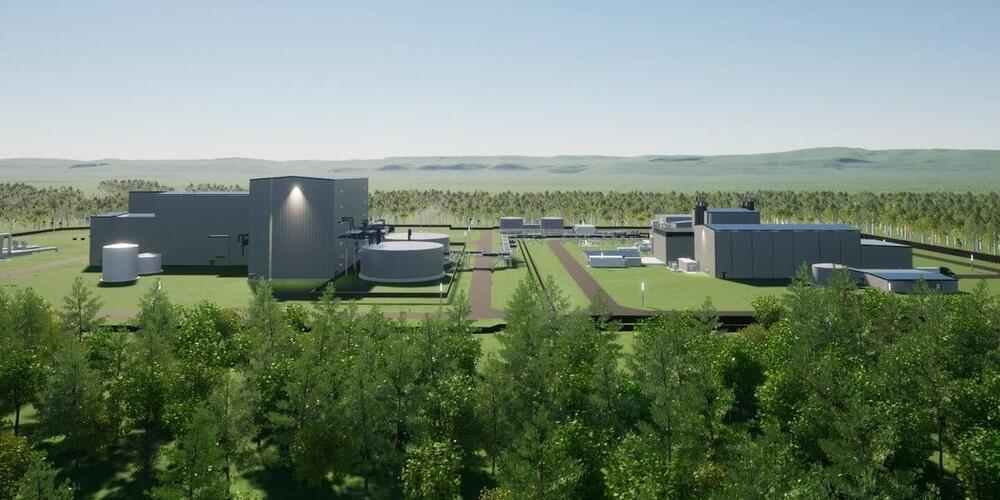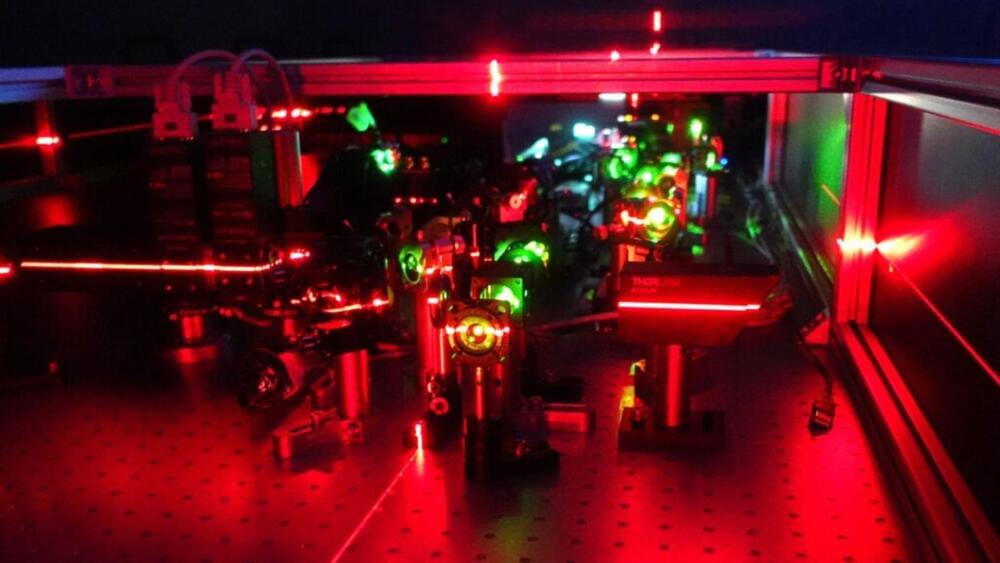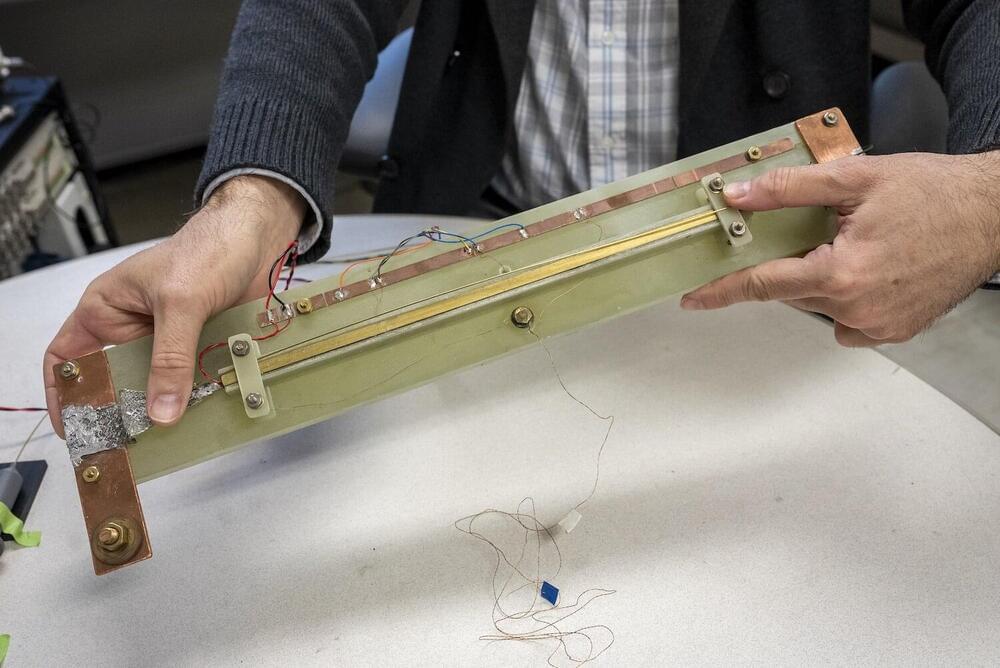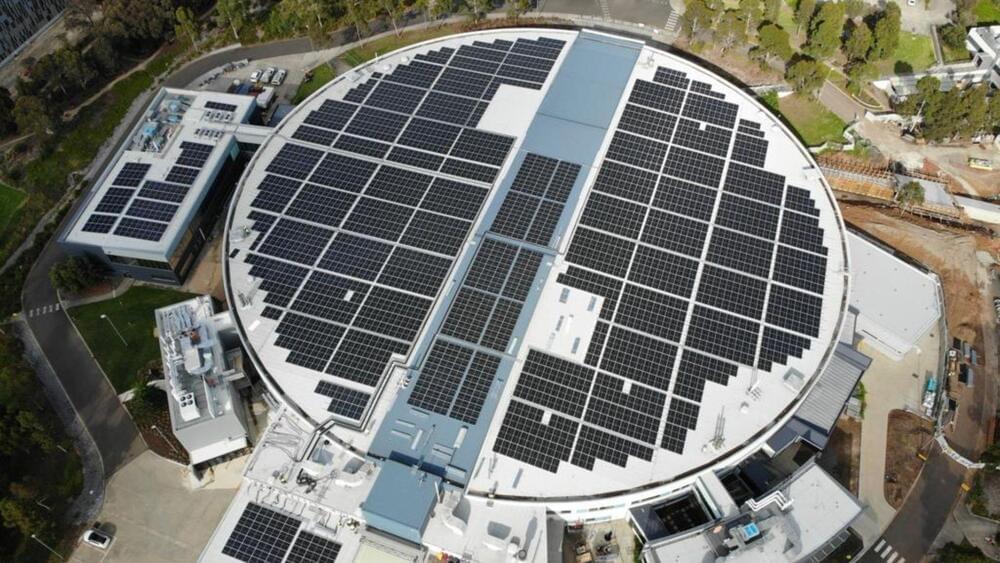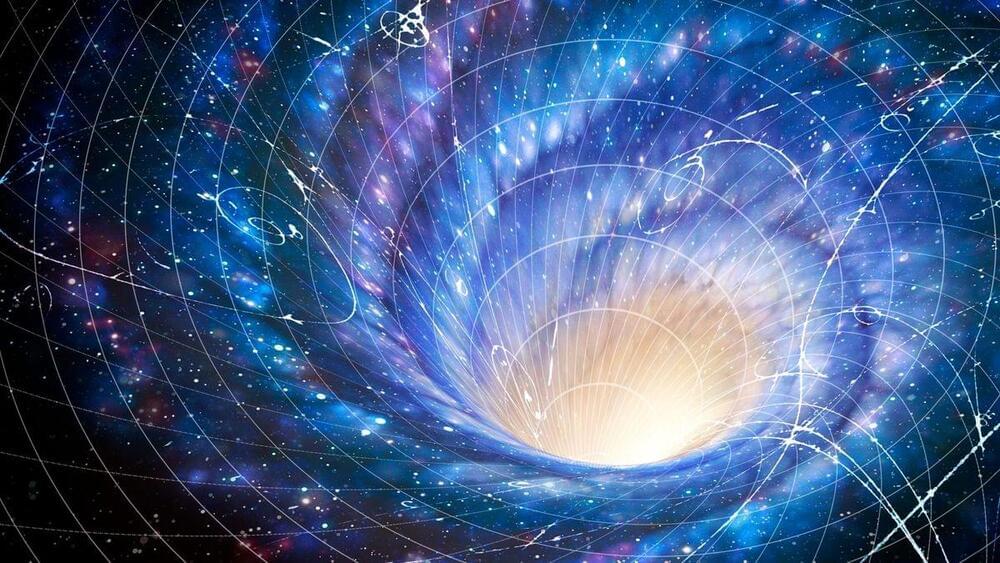Mar 25, 2024
AI solves huge problem holding back fusion power
Posted by Dan Breeden in categories: nuclear energy, particle physics, robotics/AI
Princeton researchers have trained an AI to predict and prevent a common problem arising during nuclear fusion reactions — and they think it might be able to solve other problems, too.
The challenge: If the Spice Girls were physicists, their song “2 Become 1” might have been about nuclear fusion, a reaction that occurs when two atoms merge.
Fusion releases a tremendous amount of energy in the form of heat — it’s what powers the sun and other stars — and if we could harness the reaction here on Earth, we would have a near limitless source of clean energy.


